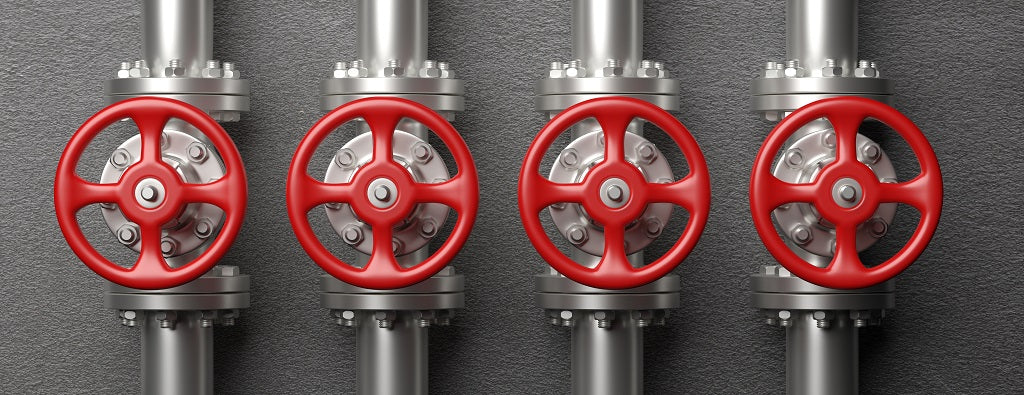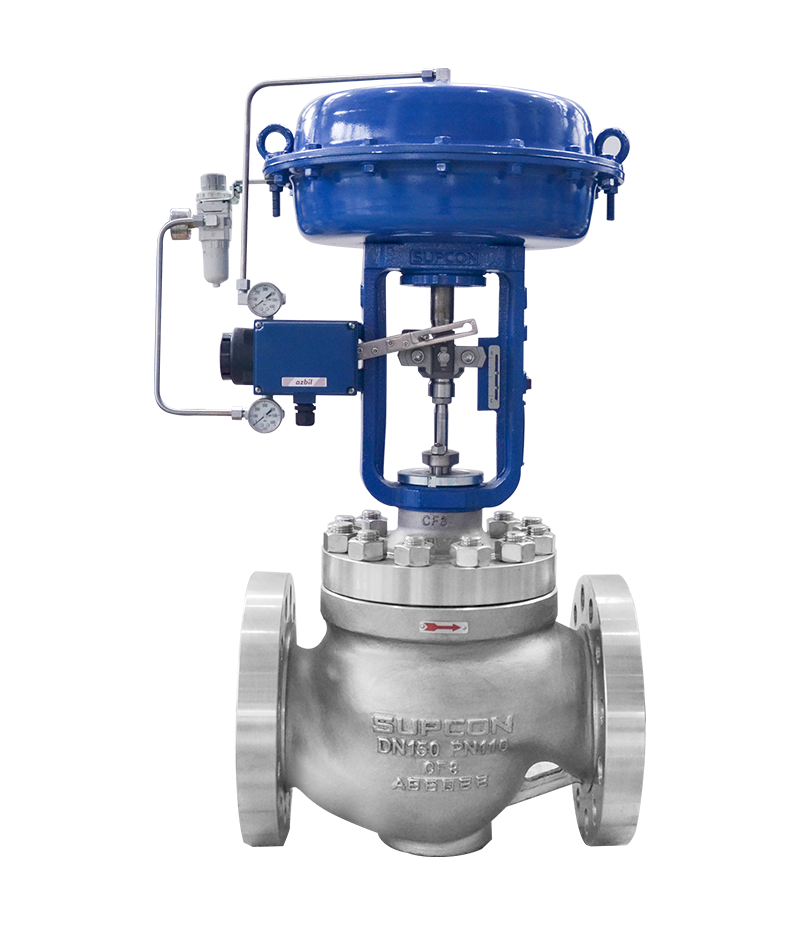Maximizing System Control with High-Performance Control Valves
Maximizing System Control with High-Performance Control Valves
Blog Article
Achieve Seamless Combination and Control With Top Quality Building Automation Controls
In the realm of modern-day structure monitoring, the relevance of high quality structure automation controls can not be overstated. Embracing top quality structure automation controls is not simply a matter of convenience but a critical important for organizations intending to maximize their facilities' performance and sustainability.

Evolution of Building Automation Controls
Throughout the previous couple of decades, the evolution of building automation controls has substantially changed the way buildings are taken care of and operated. Originally, constructing automation systems primarily focused on basic functions such as managing heating, air flow, and air conditioning (COOLING AND HEATING) systems. Nevertheless, as modern technology advanced, these controls have ended up being extra sophisticated, permitting a bigger series of building systems to be incorporated and taken care of centrally.
The development of constructing automation controls has actually seen a shift in the direction of even more smart systems that can adjust to changing conditions in real-time. This adaptability is vital for maximizing power performance and ensuring resident comfort. Additionally, modern building automation controls now use attributes such as predictive maintenance, remote tracking, and information analytics, allowing center supervisors to make data-driven decisions to boost structure efficiency.

Benefits of High Quality Assimilation
The development in building automation manages in the direction of even more intelligent systems has highlighted the substantial benefits of quality combination in enhancing structure procedures and boosting overall performance. Quality assimilation of constructing automation controls supplies several essential advantages. First of all, it causes boosted power performance by allowing different systems to work together perfectly, making certain optimum efficiency and lowering power waste. High quality integration boosts passenger comfort and performance by making it possible for customized control over environmental settings like temperature level, illumination, and air high quality. This personalization can result in an extra comfortable and helpful working or living environment. Furthermore, quality combination simplifies upkeep and troubleshooting procedures, as all systems are adjoined and can be checked and managed from a centralized user interface. This centralized control additionally offers better visibility and insights right into structure performance, enabling aggressive upkeep and optimization approaches. In general, the benefits of quality combination in structure automation controls are obvious, using enhanced effectiveness, comfort, and operational effectiveness.
Enhanced User Experience and Availability
Enhancing individual interaction with building automation controls through instinctive layout and boosted ease of access raises the overall experience for occupants and facility supervisors alike. By concentrating on individual experience, building automation systems can become extra effective and user-friendly. Intuitive user interfaces, clear navigation, and adjustable settings encourage customers to engage with the controls easily and efficiently.
Accessibility attributes play a critical duty in guaranteeing that all individuals, consisting of those with impairments, can make use of the building automation controls easily. Incorporating attributes such as voice commands, tactile switches, and color-contrasted screens can boost availability and make the controls more comprehensive.
Furthermore, boosted individual experience brings about greater user satisfaction, raised efficiency, and far better decision-making. Residents can change ecological settings according to their preferences, while center directory supervisors can successfully check and take care of structure systems - control valves. On the whole, focusing on individual experience and accessibility in structure automation controls adds to a much more smooth and effective structure environment for all stakeholders included
Lasting Practices Via Automation

Moreover, automation can promote the integration of sustainable energy resources Get More Information such as solar panels or wind generators right into structure procedures. Through automation, buildings can align with contemporary sustainability objectives and add to a greener future.
Future Trends in Structure Control Systems
One famous pattern shaping the future of building control systems is the increased integration of Artificial Intelligence (AI) and equipment learning. Additionally, the Web of Things (IoT) is changing structure control systems by attaching sensing units and gadgets to simplify operations and improve efficiency.
Another key trend is the focus on cybersecurity steps to shield against prospective hazards to building automation systems. As structures become much more interconnected, making certain robust cybersecurity procedures will certainly be important to guard sensitive data and protect against unauthorized gain access to.
In addition, the shift towards cloud-based systems is obtaining momentum, permitting streamlined control and remote accessibility to building systems. This promotes simpler tracking, upkeep, and updates, enhancing the general efficiency and adaptability of building control systems. As modern technology continues to breakthrough, these trends are anticipated to shape the future landscape of building automation controls, driving innovation and sustainability in the developed setting.
Final Thought
Future fads in building control systems are likely to focus on more enhancing automation capabilities for improved power performance and total performance. It is vital for building proprietors and drivers to prioritize the adoption of top quality building automation manages to optimize structure operations and attain lasting sustainability objectives.
In the realm of modern-day building monitoring, the importance of quality structure automation controls can explanation not be overemphasized. In general, the evolution of structure automation regulates proceeds to drive development in the building monitoring sector, using new opportunities for producing smarter and a lot more lasting structures.
The development in structure automation controls towards even more intelligent systems has underscored the considerable advantages of high quality assimilation in optimizing building procedures and improving total efficiency. Generally, focusing on user experience and accessibility in structure automation controls contributes to a much more efficient and smooth building setting for all stakeholders included.
It is essential for building owners and drivers to focus on the fostering of quality building automation manages to enhance structure operations and accomplish lasting sustainability goals. - control valves
Report this page